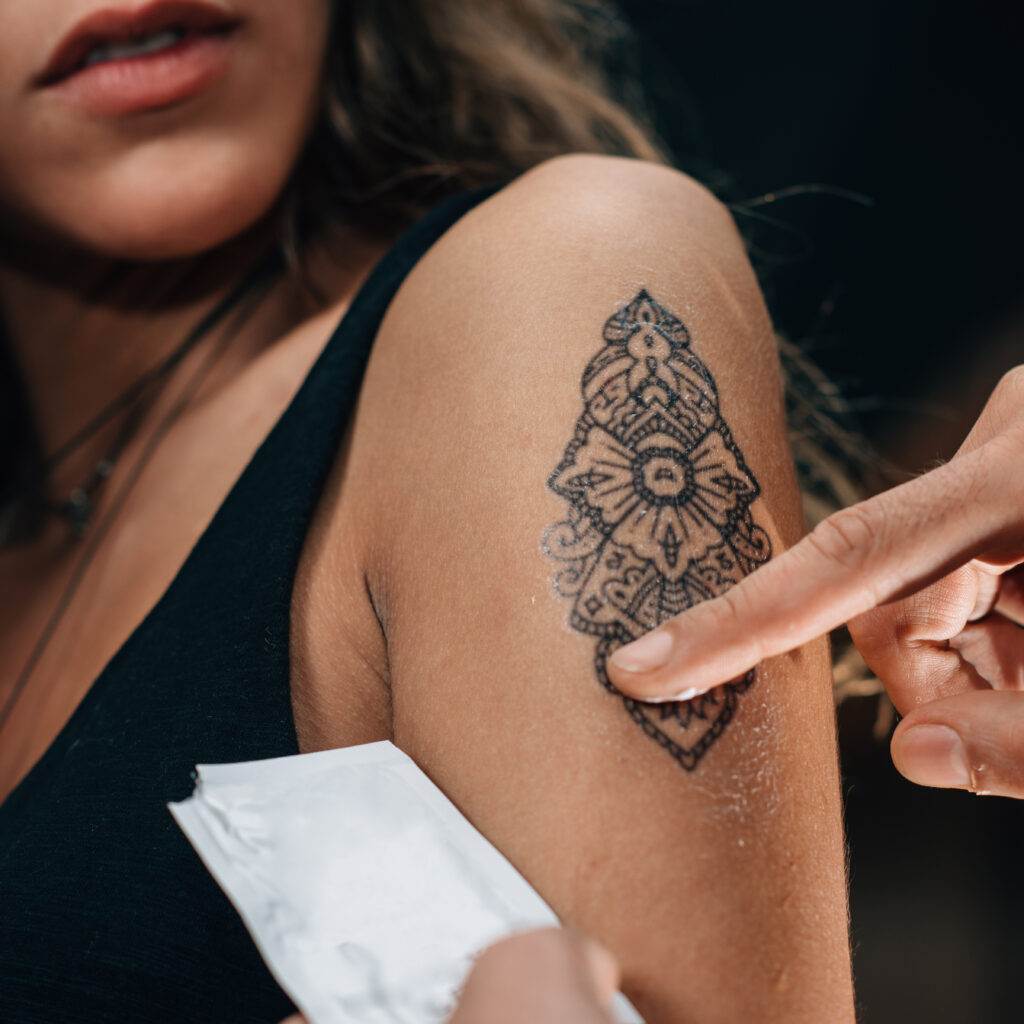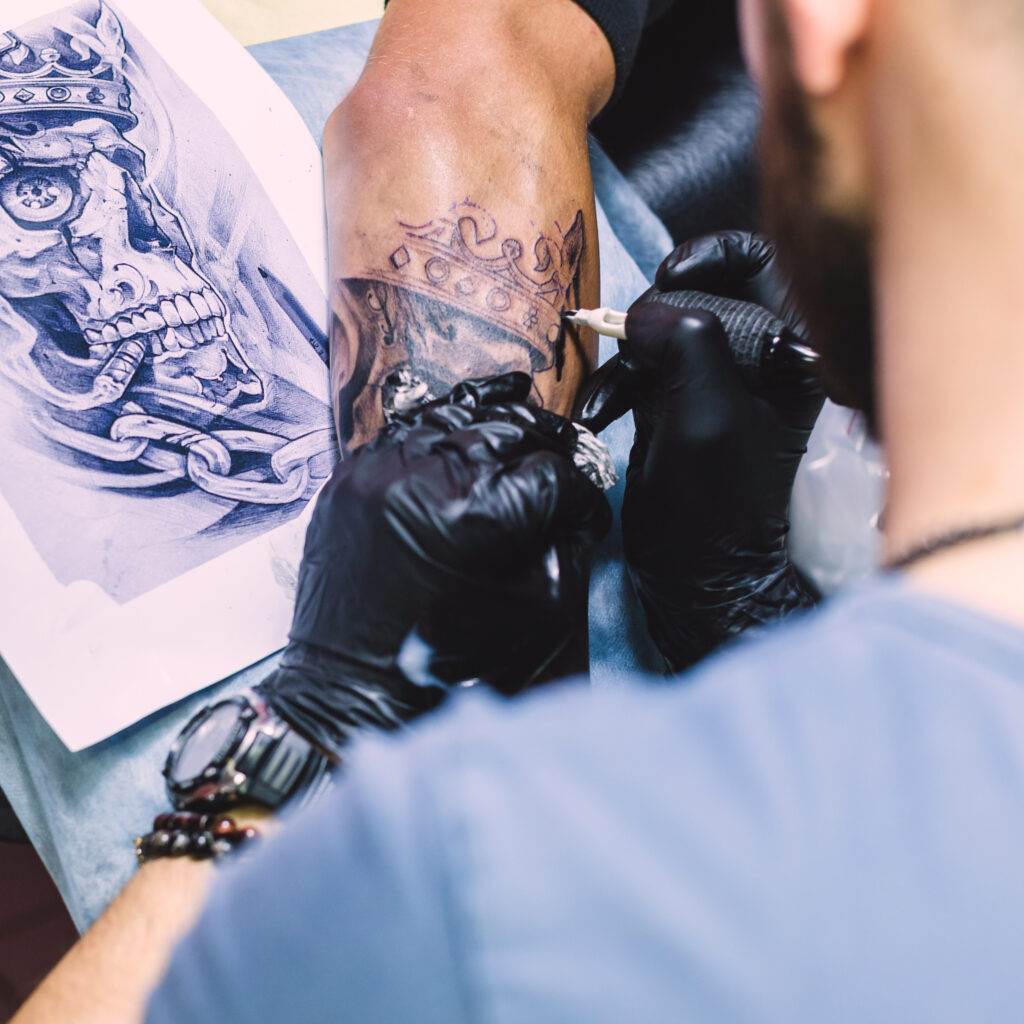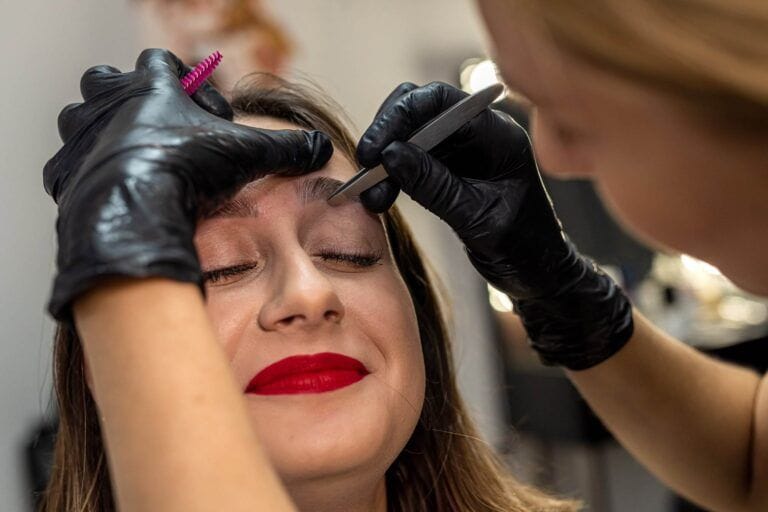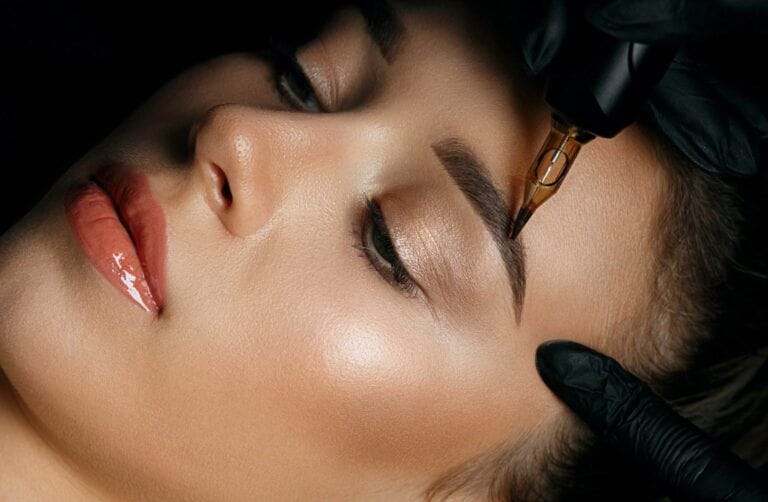Definition and history of fine line tattoos
Fine line tattoos are a specific style of tattooing that involves using very thin and delicate lines to create intricate designs. This style of tattooing has its roots in traditional tattooing techniques, where artists would use a single needle to create precise and detailed designs. Fine line tattoos have gained popularity in recent years, as they offer a more subtle and delicate aesthetic compared to traditional bold line tattoos.
Why choose custom fine line tattoos
1. Unique and personal designs: Custom fine line tattoos allow individuals to have a tattoo design that is completely unique and personal to them. Artists can work closely with clients to create a design that reflects their individual style, personality, and interests.
- Attention to detail: Fine line tattoos require a high level of skill and precision, as the artist must create detailed designs using thin lines. Choosing custom fine line tattoos ensures that the artist will pay close attention to every small detail, resulting in a tattoo that is visually stunning and of high quality.
- Versatility: Fine line tattoos can be done in various styles, such as geometric, botanical, or minimalist. By choosing custom fine line tattoos, individuals have the flexibility to explore different design options and create a tattoo that aligns with their personal preferences and desired aesthetic.
- Enhanced healing process: Fine line tattoos heal faster compared to bold line tattoos, as the thinner lines minimize trauma to the skin. This means that individuals who choose custom fine line tattoos can enjoy a quicker and smoother healing process.
In summary, custom fine line tattoo artistry offers individuals the opportunity to have unique and detailed tattoos that reflect their personal style and interests. With the attention to detail and versatility that this style of tattooing provides, custom fine line tattoos are a popular choice among tattoo enthusiasts.
Planning Your Custom Fine Line Tattoo
Consultation process and discussing design ideas
When planning a custom fine line tattoo, it is important to start with a consultation between the client and the tattoo artist. During this initial meeting, the client can share their design ideas and inspirations while the artist listens and takes note of their preferences and desired elements. This consultation is vital as it allows the artist to understand the client’s vision and bring it to life in the final design.
Collaboration to create a personalized tattoo
Once the design ideas have been discussed, the collaborative process begins. The artist will use their expertise to create a custom design that incorporates the client’s preferences and suits their desired body placement. Factors such as size, placement, and flow will be carefully considered to ensure the tattoo complements the client’s individual features.

During this collaboration, the client will have the opportunity to provide feedback and make adjustments to the design until they are fully satisfied. The artist will take into account the client’s input and make any necessary changes to ensure the final design aligns with their vision.
By working closely with the chosen artist and actively participating in the design process, the client can have full control over the final outcome of their custom fine line tattoo. This collaboration ensures that the tattoo reflects their unique style and personality.
Choosing the Placement and Size of Your Tattoo
Considerations for tattoo placement on different body parts
When choosing the placement of a custom fine line tattoo, it is important to consider various factors. Different body parts have their own unique challenges and considerations. For example, tattoos on bony areas may be more painful while those on areas with more loose skin may be prone to distortion over time. It is important to discuss these considerations with the tattoo artist during the consultation process to make an informed decision.
Determining the appropriate size for your custom fine line tattoo
The appropriate size of a custom fine line tattoo will depend on various factors, including the design itself, the desired placement, and personal preference. Some designs may require a larger canvas for intricate details, while others may be better suited to a smaller, more discreet size. The tattoo artist will be able to provide guidance and recommendations based on their expertise and the client’s preferences.
Ultimately, the placement and size of a custom fine line tattoo are important decisions that should be made in collaboration with the tattoo artist. By considering different factors and discussing preferences, clients can ensure their tattoo is not only visually appealing but also suits their individual needs and desires.
Design Elements and Techniques in Fine Line Tattoos
Exploring various design elements and styles in fine line tattoos
When it comes to fine line tattoos, there are numerous design elements and styles to choose from. From delicate floral motifs to intricate geometric patterns, the possibilities are endless. Some popular design elements include:
- Minimalist: Minimalist fine line tattoos often feature simple, clean lines and shapes. They focus on conveying a strong message or symbolism with minimal detail.
- Nature-inspired: Fine line tattoos that draw inspiration from nature often feature botanical elements such as flowers, leaves, or animals. These designs can be highly detailed or more abstract, depending on the desired style.
- Abstract: Abstract fine line tattoos use unique shapes and lines to create visually captivating designs. These tattoos often have a more unconventional and artistic feel.
- Symbolic: Symbolic fine line tattoos are deeply personal and often represent something significant to the wearer. Common symbols include hearts, arrows, infinity signs, and religious or spiritual imagery.
- Mandala: Mandala tattoos are intricate geometric designs that often have a circular shape. These designs are highly detailed and can be customized to represent personal meanings or beliefs.
Understanding the techniques used for fine line tattooing
Fine line tattooing requires a specific set of techniques to achieve the desired result. Some common techniques include:
- Single needle: Fine line tattoos are often created using a single needle, which allows for precise lines and intricate details. This technique requires steady hand control and attention to detail.
- Whip shading: Whip shading is a technique that involves quickly moving the needle back and forth to create a subtle gradient or shade. This technique adds depth and dimension to fine line tattoos.
- Dotwork: Dotwork involves creating a design using a series of dots instead of continuous lines. This can create a unique texture and aesthetic. Dotwork can be used in combination with fine lines to add depth or create shading.
- Stippling: Stippling is a technique that involves using a series of small dots to create shading or texture. This technique is often used in fine line tattoos to add depth and create a unique visual effect.
By understanding the different design elements and techniques used in fine line tattooing, clients can make informed choices when planning their custom tattoos. Collaborating with a skilled artist ensures that the final design reflects their vision and results in a stunning and personalized fine line tattoo.
Fine Line Tattoo Aftercare

Proper care and maintenance for your custom fine line tattoo
After getting a fine line tattoo, it is crucial to follow proper aftercare instructions to ensure optimal healing and longevity of the tattoo. Here are some tips for taking care of your fine line tattoo:
- Keep it clean: Gently clean the tattooed area with mild, fragrance-free soap and lukewarm water. Avoid scrubbing or rubbing the tattoo, as this can cause irritation.
- Avoid excessive moisture: While it is important to keep the tattoo clean, it is equally important to prevent excessive moisture. Avoid soaking the tattoo in water, such as swimming pools, hot tubs, or baths, as this can lead to infection.
- Moisturize regularly: Apply a thin layer of fragrance-free, alcohol-free tattoo aftercare lotion to keep the tattoo moisturized and prevent it from drying out. Avoid petroleum-based products, as they can clog pores and hinder the healing process.
- Avoid direct sunlight: Protect your fine line tattoo from direct sunlight during the healing process, as excessive sun exposure can cause fading and damage. If you need to be in the sun, apply a broad-spectrum sunscreen with at least SPF 30 to protect your tattoo.
Tips for ensuring tattoo healing and longevity
In addition to proper aftercare, there are several other factors that can contribute to the healing and longevity of your fine line tattoo. Here are some useful tips:
- Follow your artist’s advice: Listen to your tattoo artist’s instructions and recommendations for aftercare. They have experience and expertise in tattoo healing and know what works best for their specific style of fine line tattoos.
- Avoid picking or scratching: It is normal for a tattoo to itch during the healing process, but it is important to resist the urge to scratch or pick at it. This can lead to scarring and damage to the tattooed area.
- Stay hydrated and eat a balanced diet: Proper hydration and nutrition contribute to overall skin health, which can aid in the healing process of your fine line tattoo.
- Avoid tight or abrasive clothing: Choose loose-fitting and breathable clothing to avoid friction and irritation on the tattooed area.
- Schedule touch-up appointments: Fine line tattoos may require touch-ups over time to maintain their crispness and vibrancy. Consult with your tattoo artist to determine the appropriate timing for touch-up sessions.
By following these aftercare tips and taking proper precautions, you can help ensure the healing and longevity of your custom fine line tattoo. Remember to always consult with your tattoo artist if you have any concerns or questions during the healing process.









